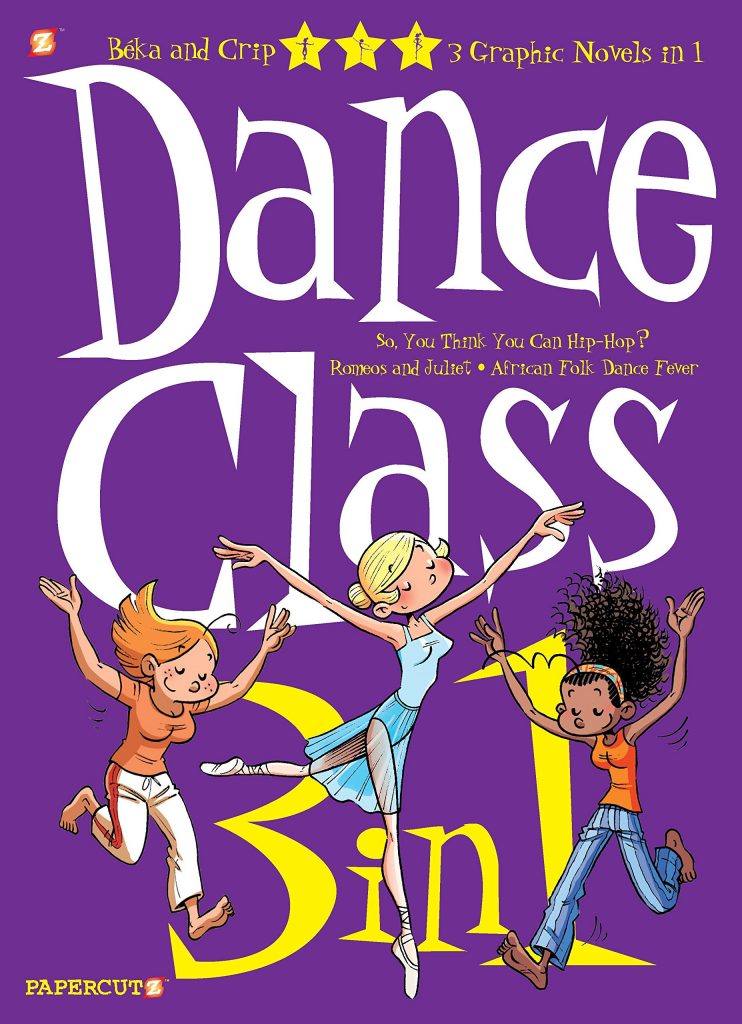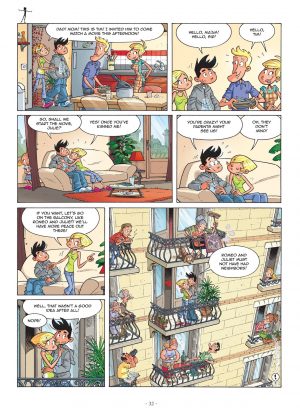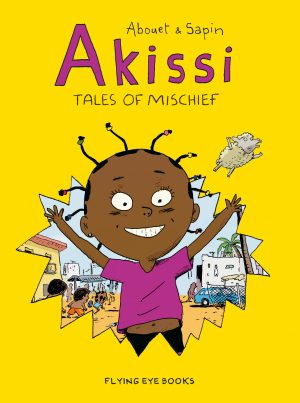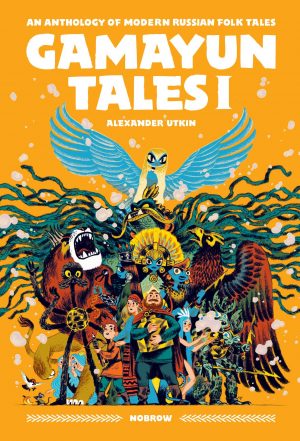Review by Frank Plowright
Although later volumes hilariously attempt to pass off Dance Class as taking place in the USA, it’s a series of translated French strips, about a trio of teenage girls whose life revolves around their dance classes. Alia, Julie and Lucie star in what are largely a series of one page gags, although each selection of strips works toward a themed sequence of a dance show.
Writing credit Béka is an alias for Bertrand Escaich and Caroline Roque, the pseudonym formed as a variation taking the first letters from their names. Both have solo writing credits, but their collaborations form the bulk of their careers. As is the case for most long-running features, Dance Class improves as it continues, and this combination of the first three volumes creaks a little early on as the various supporting cast members and situations are introduced. While there’s always a gentle humour to the strip, some jokes in these earliest outings are downright feeble, and many are predictable besides, especially for what was originally collected in album format as So You Think You Can Hip Hop? Gradually, though, the jokes evolve into something less obvious and funnier, although they’re never absolute side-splitters. What is certain is that both writers know their dance, and their online biographies note they originally bonded over a mutual love of African dance, which features in the third selection of strips.
While there are some doubts about the writing over these earliest strips, right from the start artist Crip sets a gold standard. Because he only works on Dance Class (at least under his Crip alias), and that’s aimed at young girls, and because even the exhaustive BDGest site only identifies him as a guy, Crip possibly escapes the credit he deserves. His people are gloriously expressive, his sense of movement is lively, every panel is fully detailed, and the whole just looks so attractive.
The content of smaller sized hardcovers Romeos and Juliet and African Folk Dance Fever also features, and by the final selection the writers are also hitting a groove. There’s a broader variety to the jokes, and there’s been a learning process whereby what’s essentially a three or four panel gag is more effectively paced to extend over an entire page.
All the above intellectual criticism, though, will be meaningless to the intended young audience, who’ll be immediately captivated by the charming art, and after a few strips will be wishing the girls were their older sisters.





